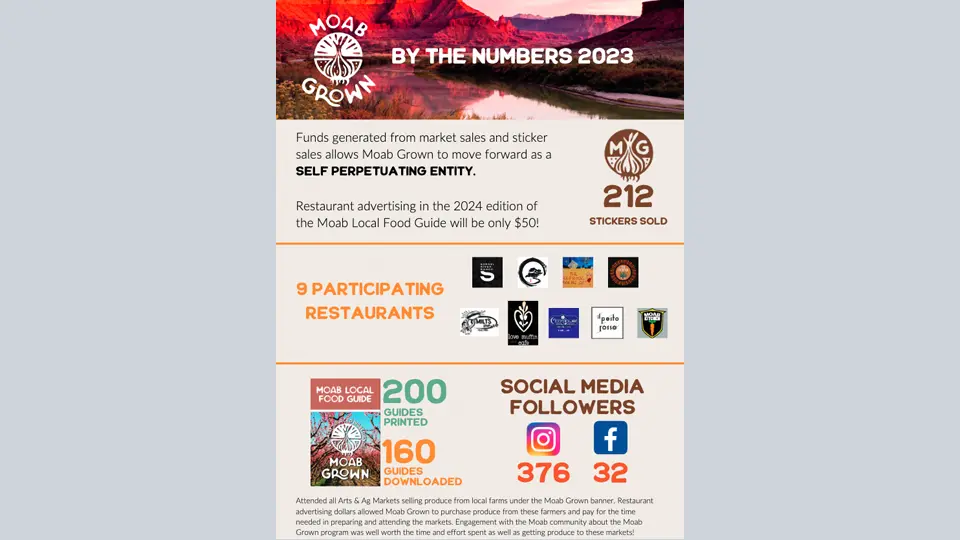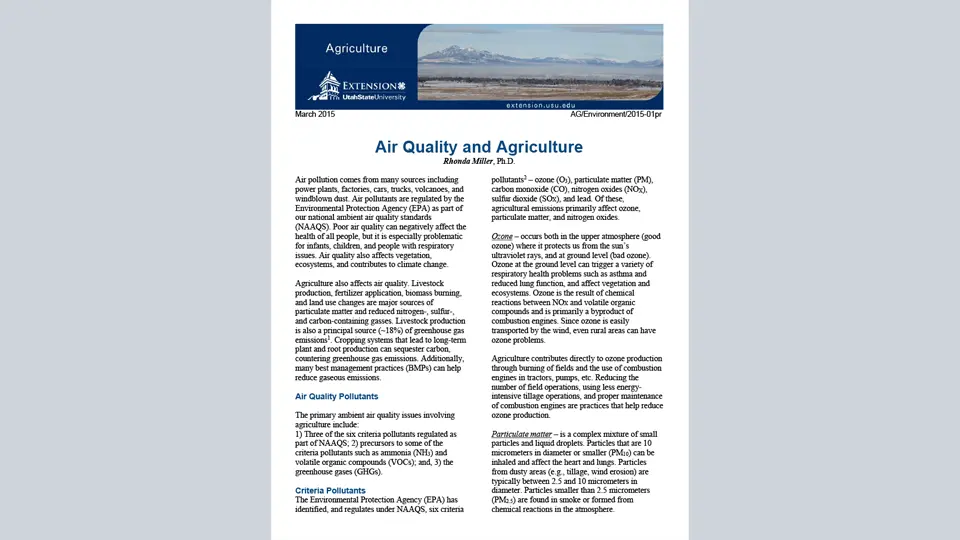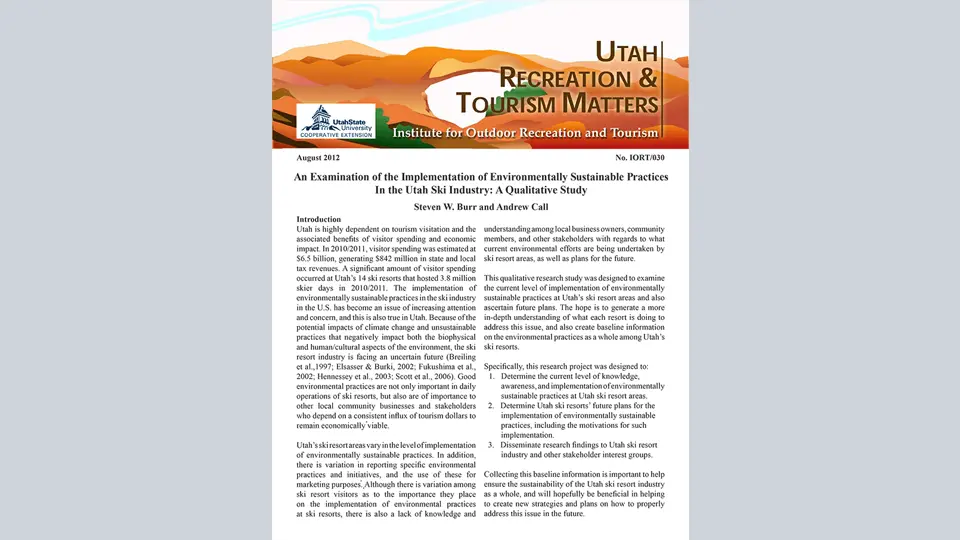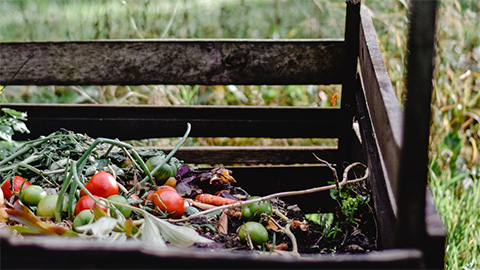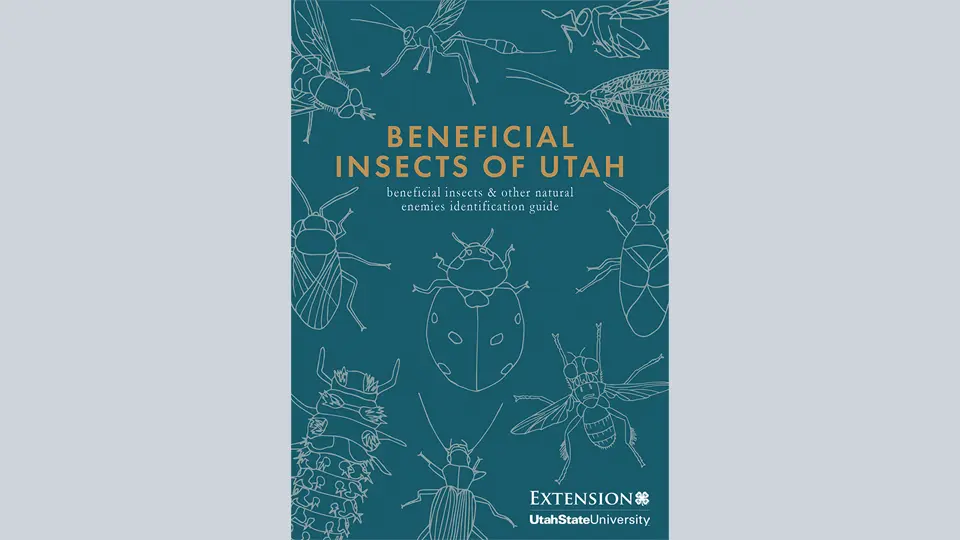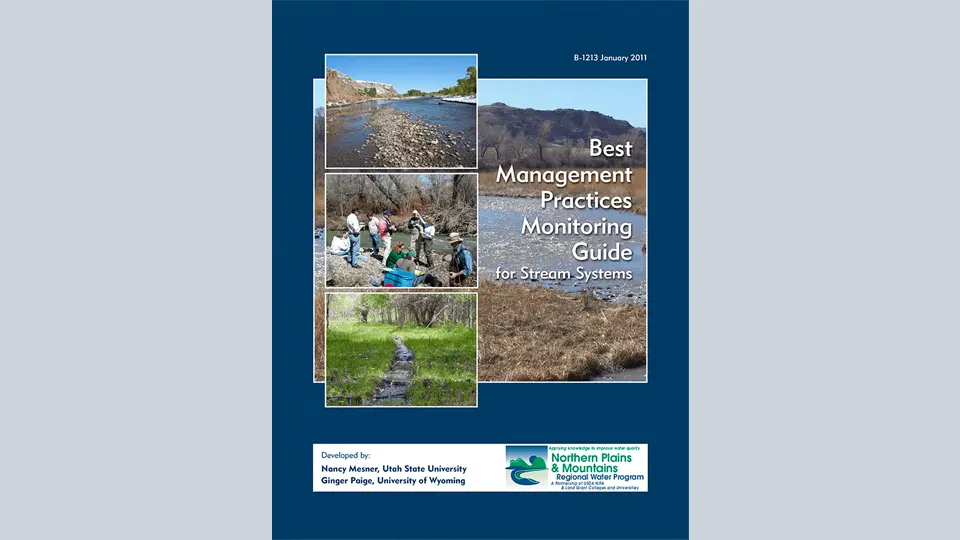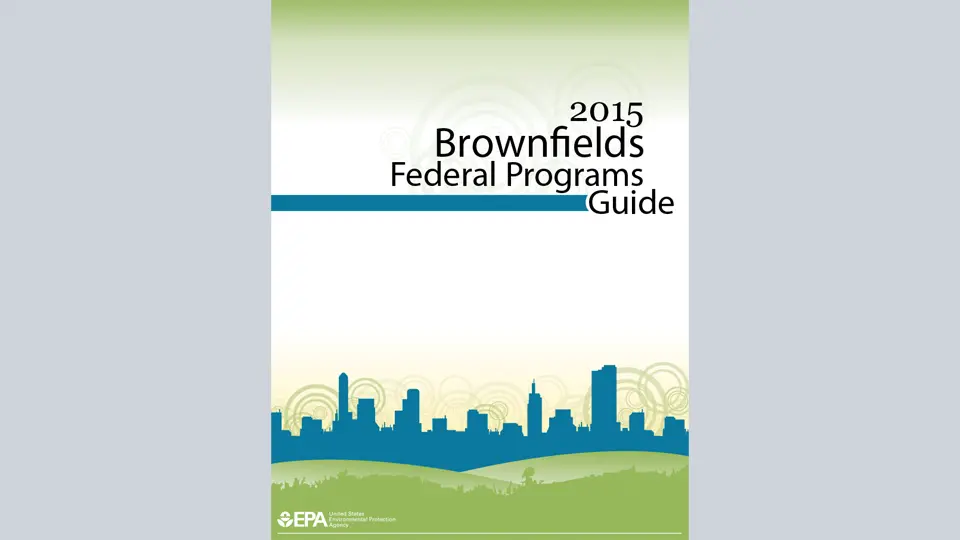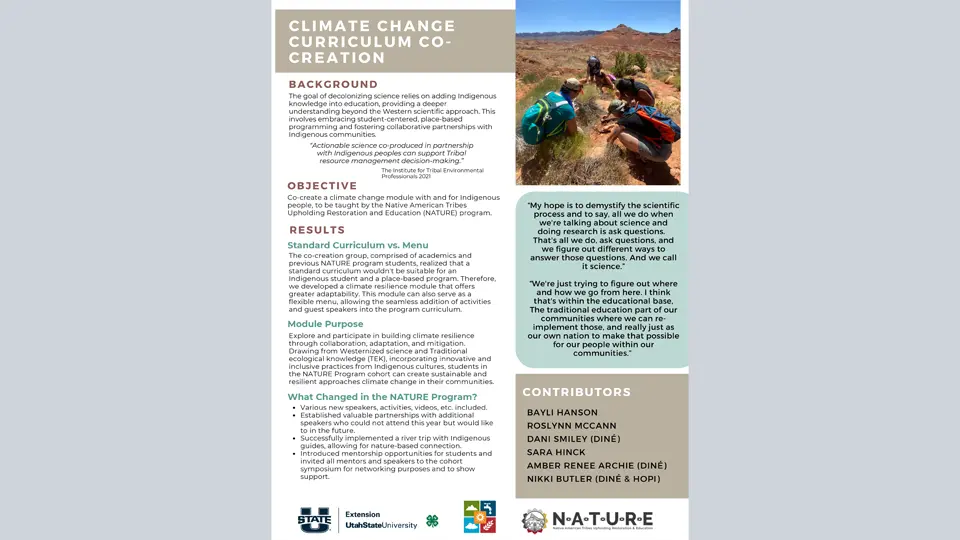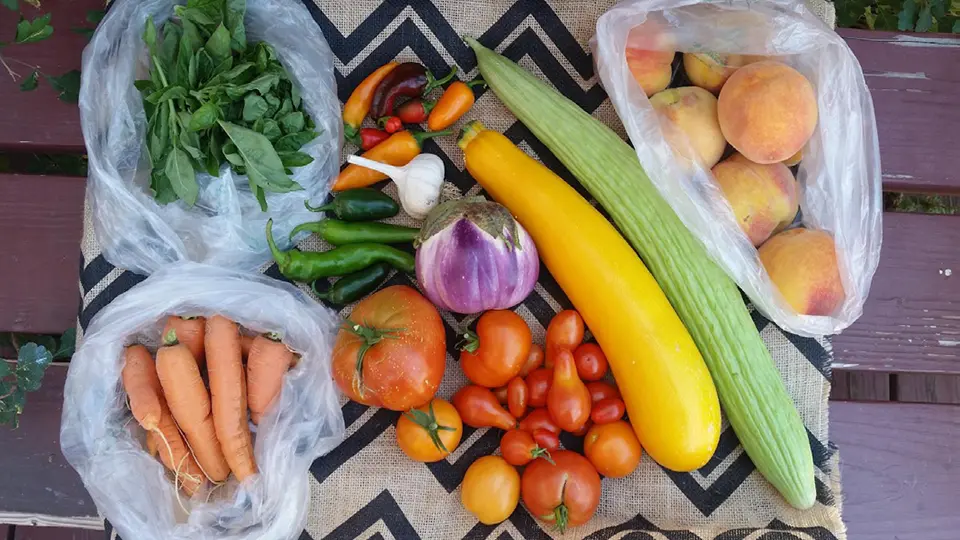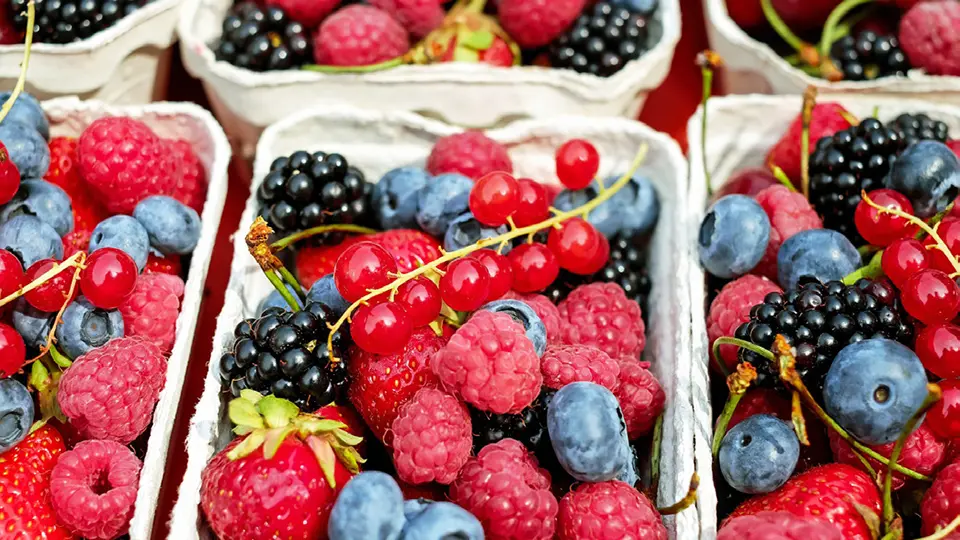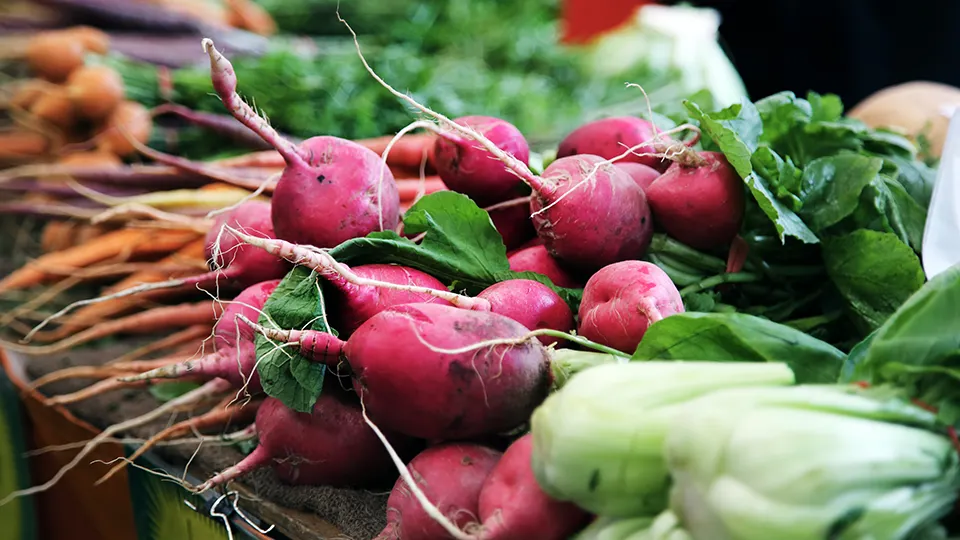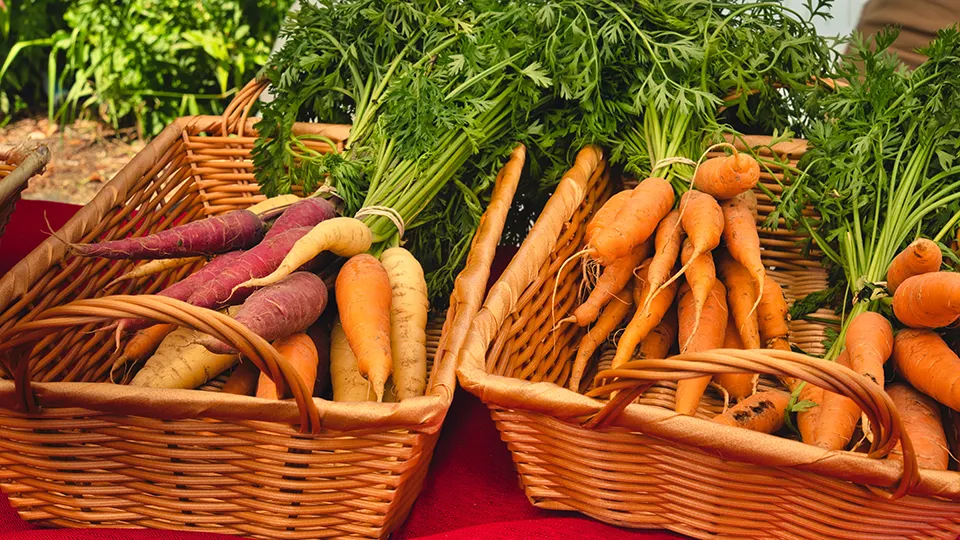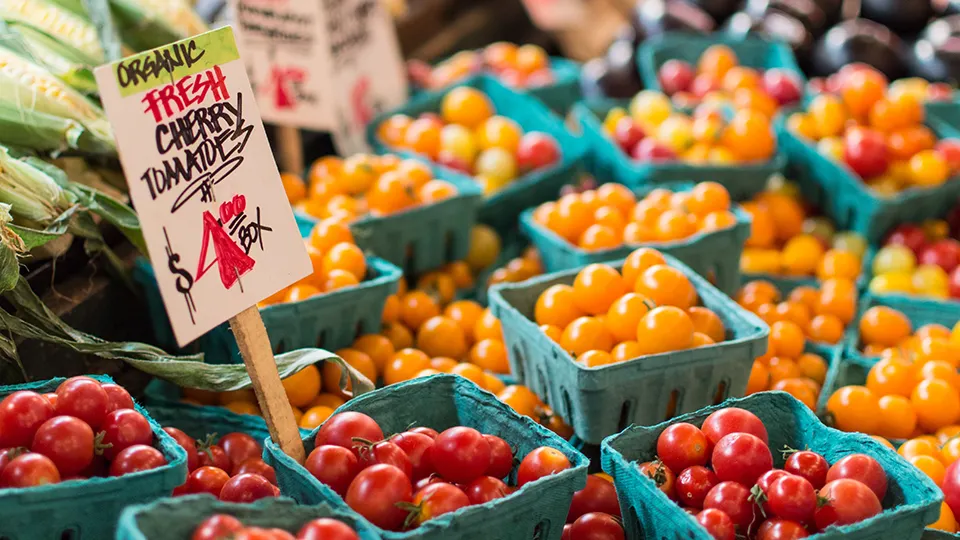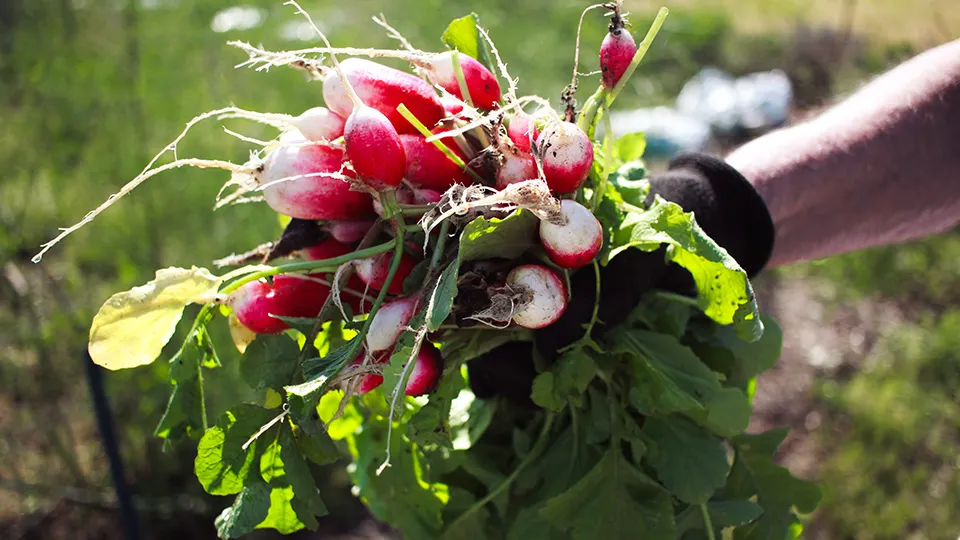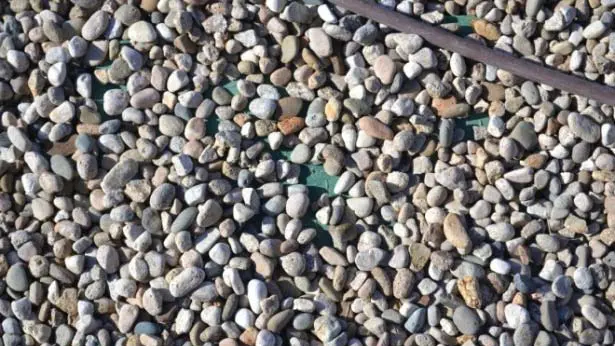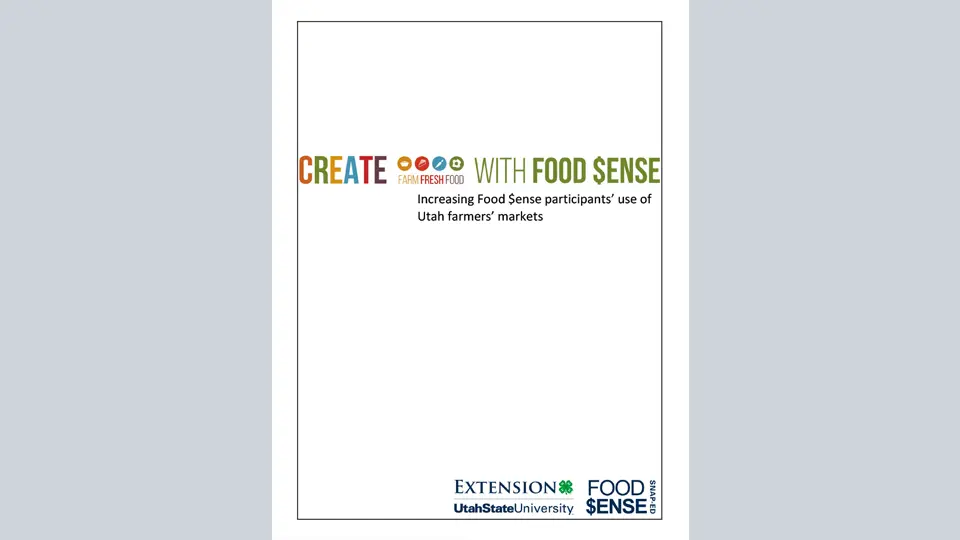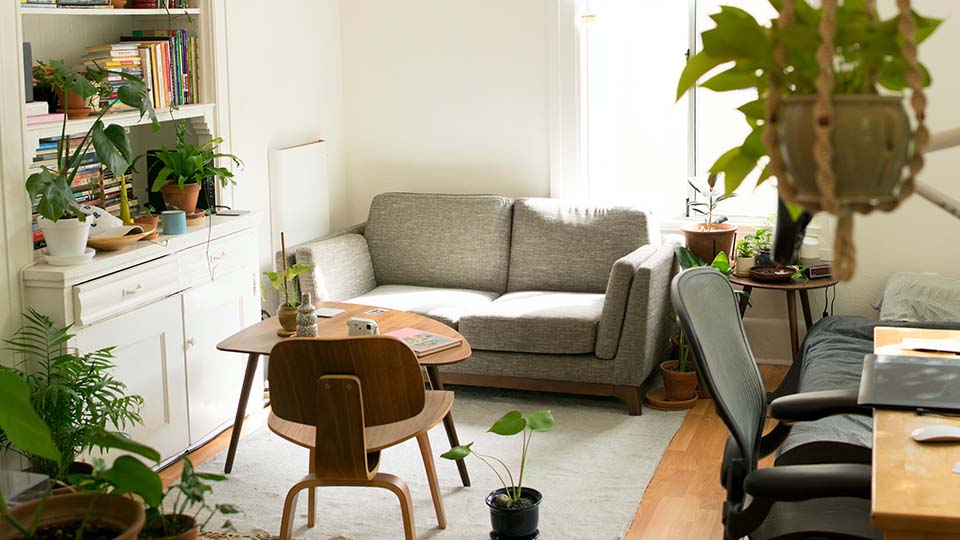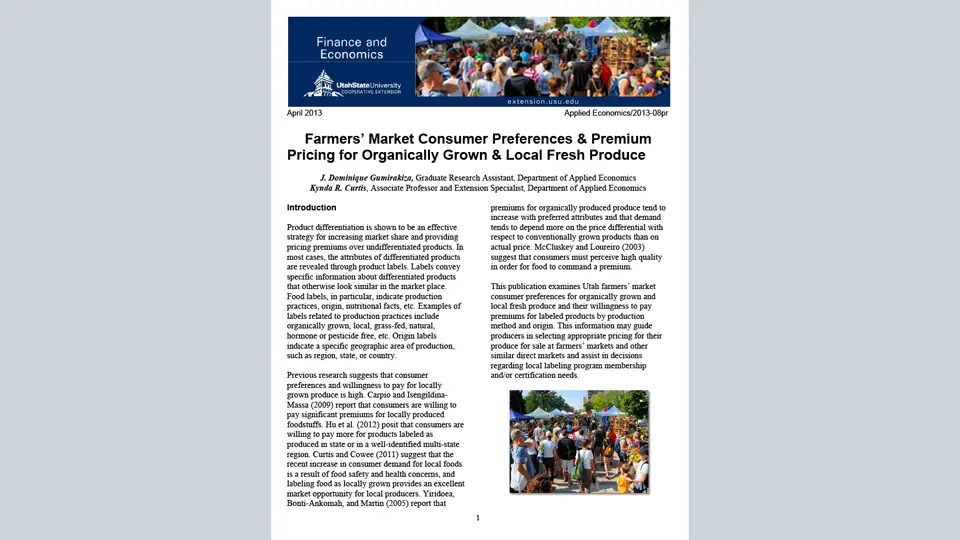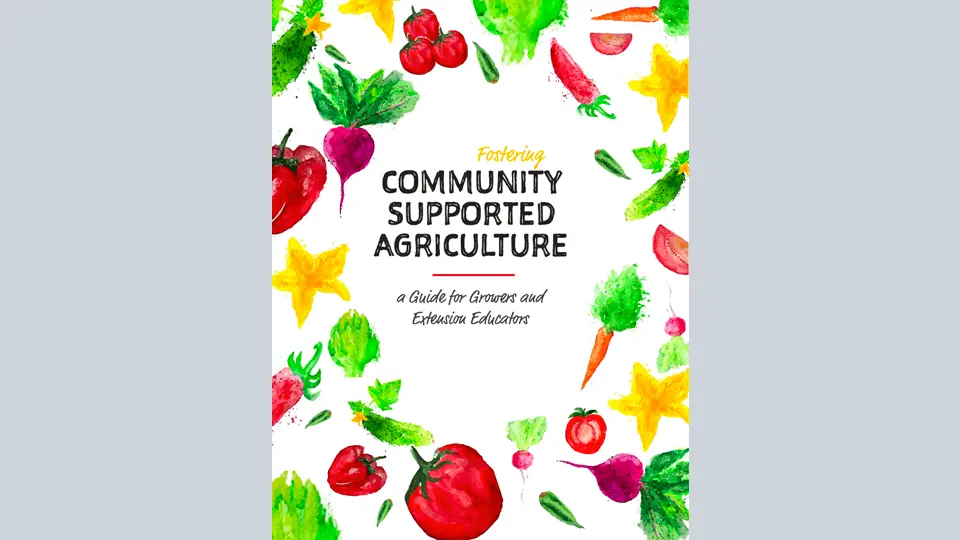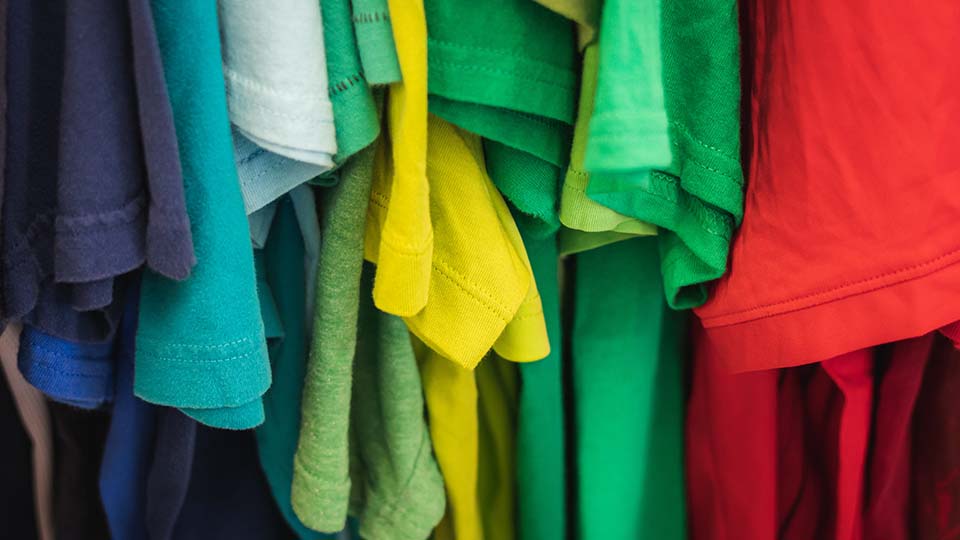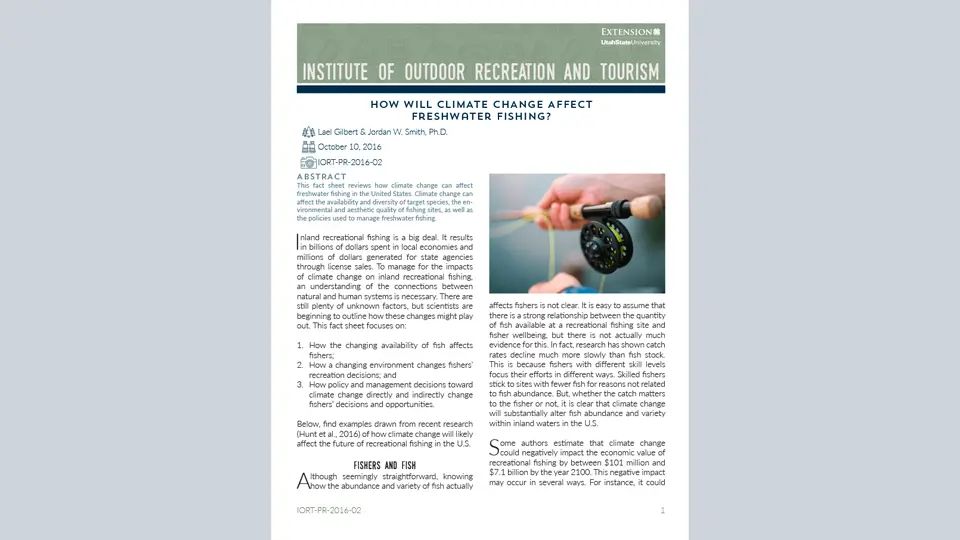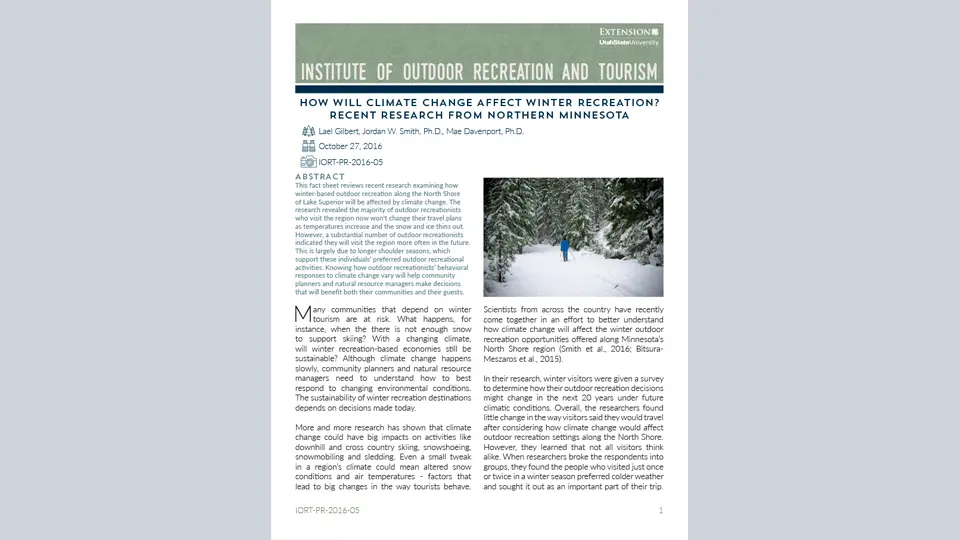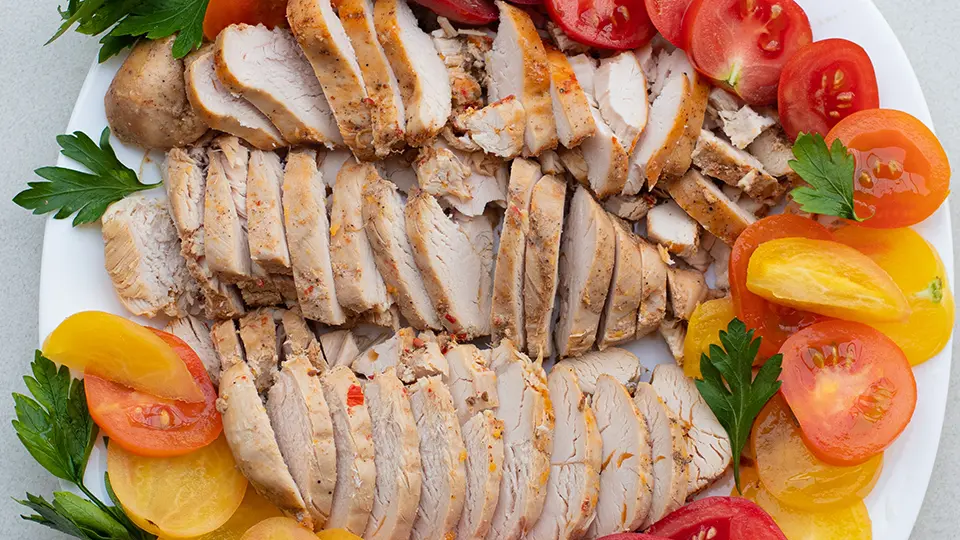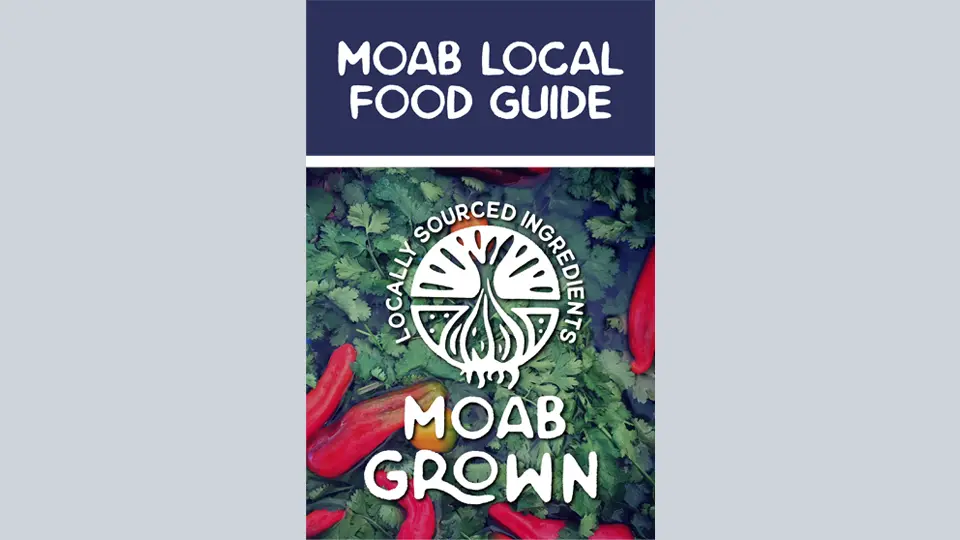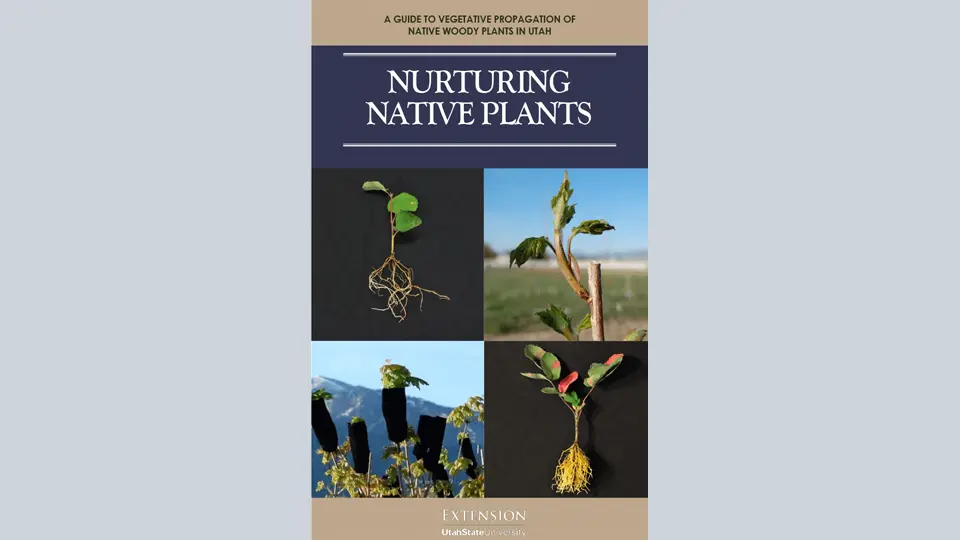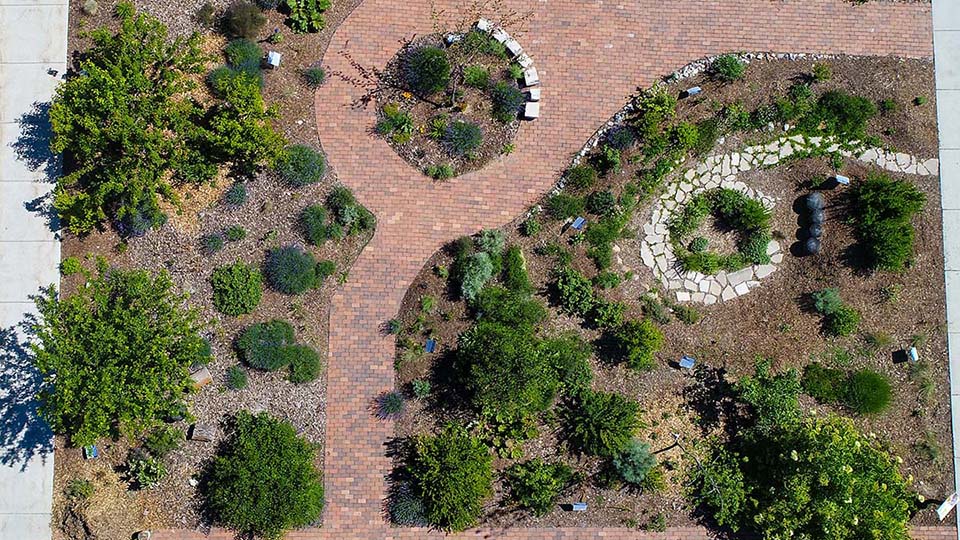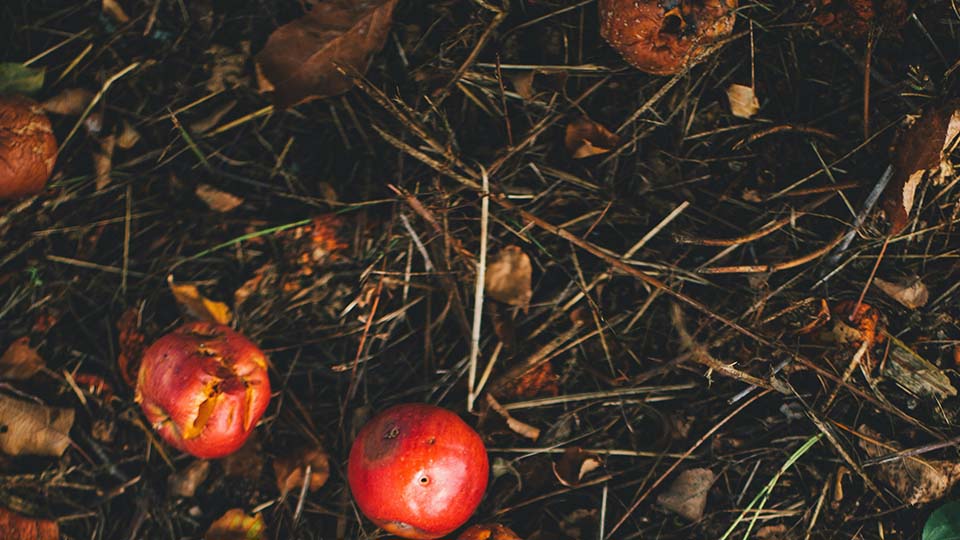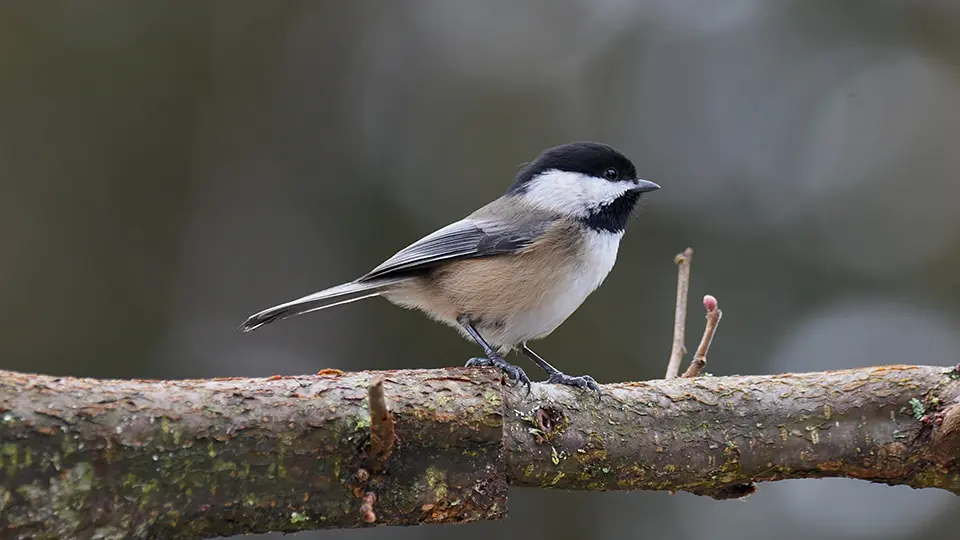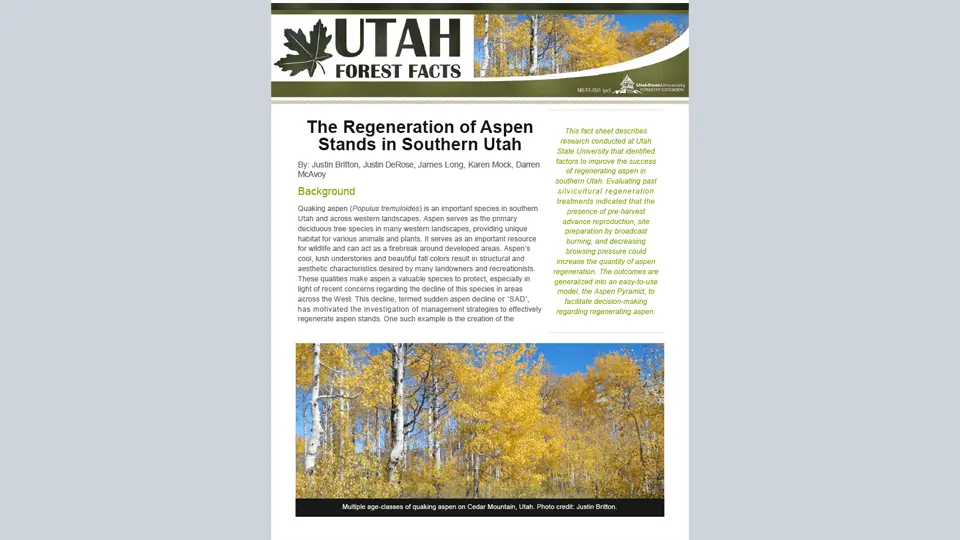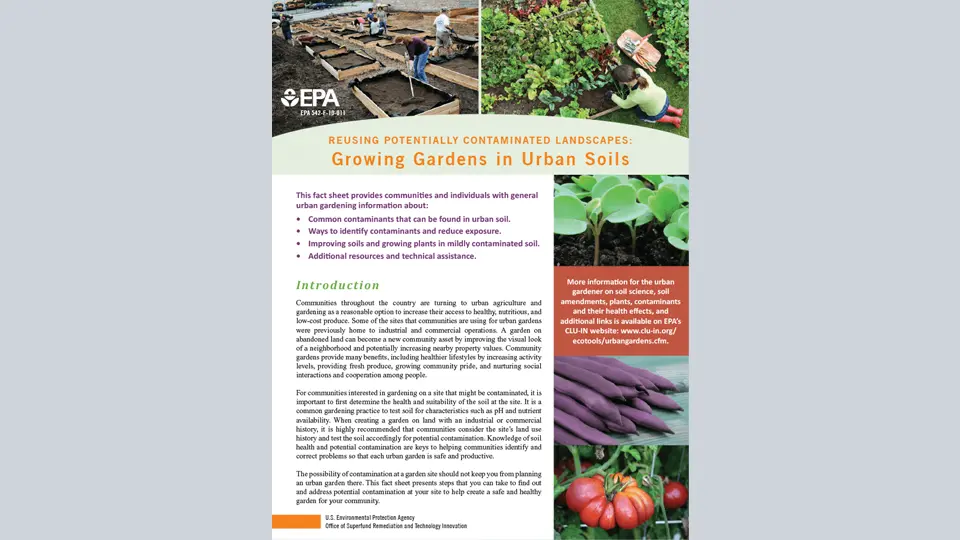Reuse: Creating a Next Life for Common Items
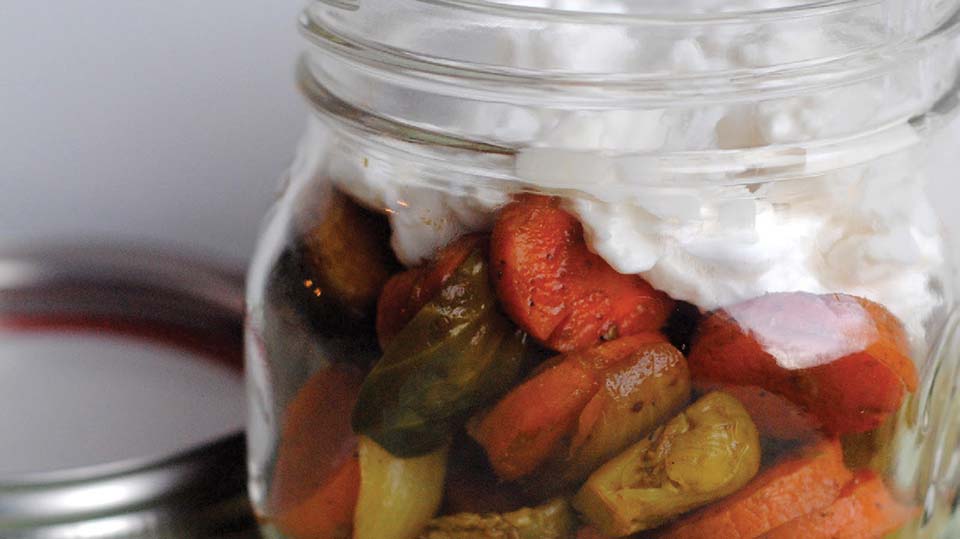
Why Reuse?
If you are looking for ways to save money and add creative flair to your daily life, reusing everyday items you are likely to throw away could be the answer! We produce an average of 4.4 pounds each of trash a day in the U.S., which amounts to 1,600 pounds per person each year (Environmental Protection Agency, 2011). This yearly waste produced by each one of us is more than the typical weight of a Bison, America’s largest land animal!
Often overshadowed by recycling, reusing is a zero-impact technique for waste prevention. By using a product or item in its original form more than once, you save energy, transportation time, and fuel needed for both recycling and waste management.
Before Throwing Items in the Trash or Recycling, Ask...
- What was this item’s original purpose?
- Have I used this item to its full potential?
- Could this item be reused for a new purpose?
Fast Fact:
Of the three R’s: reduce first, reuse as a second option, then resort to recycling as a best practice to minimize waste.
Recipes for Reuse
Lunch Containers
Plastic containers and glass jars only need a quick cleaning before they are capable of a second go around. Bulk yogurt containers, jam jars and butter tubs make great storage for leftovers and togo lunches. You will never need to buy plastic containers again with these on hand. Also, put a cork in it and reuse old corked glass containers as oil and vinegar dispensers!
Try a salad in a jar
Lightly cover the bottom of a mason jar with a few teaspoons olive oil, just enough to coat the base of the container. Add balsamic vinegar, salt and pepper to taste, or your favorite salad dressing. Layer salad ingredients such as: leafy greens, tomatoes, mushrooms, dried cranberries, cheeses and or croutons, up to the rim. Shut, shake and enjoy!
Storage Solutions
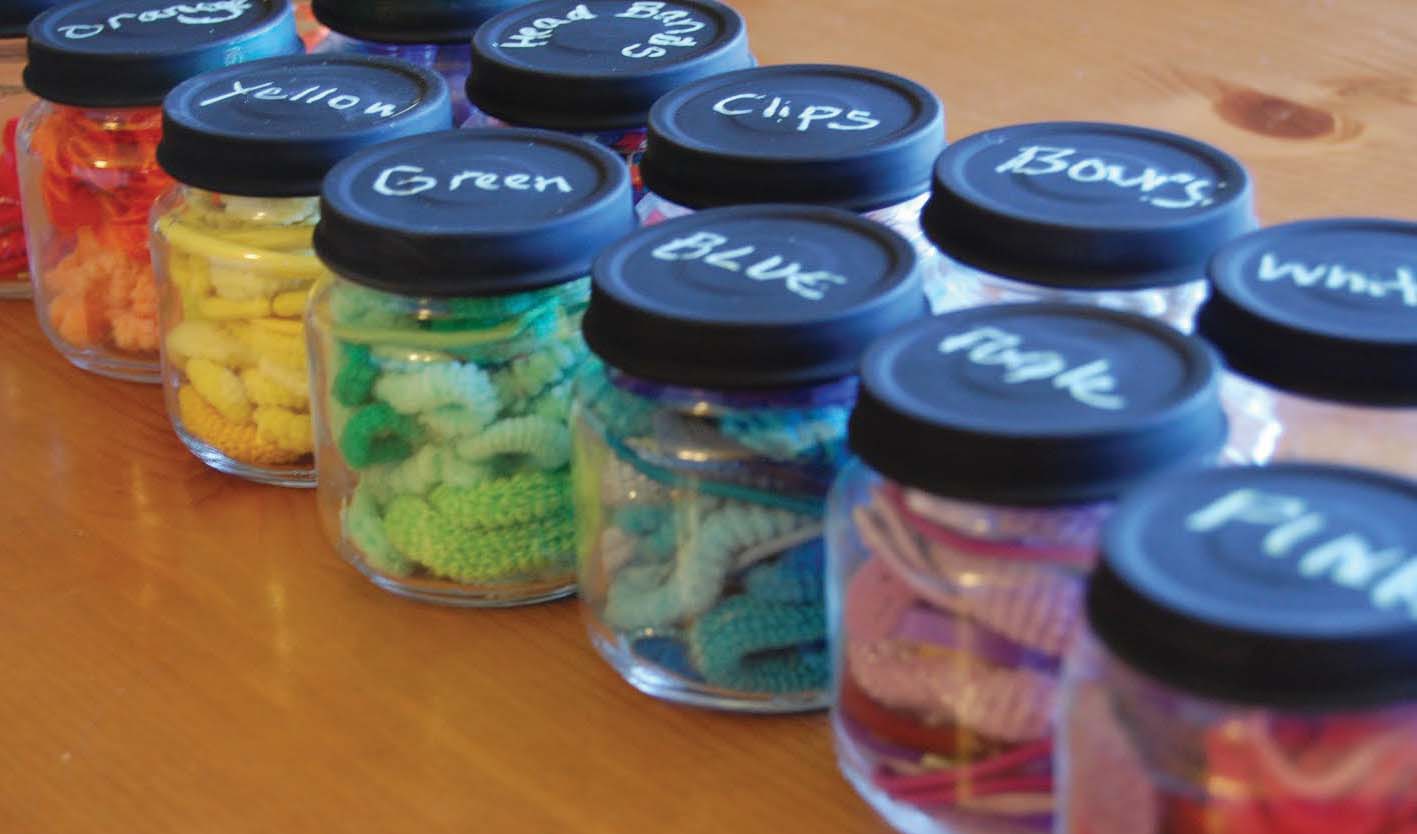
Use containers that aren’t recommended for reuse with food for office, craft, or sewing supply storage. Old baby food jars make great holders for screws, nuts, bolts, washers, rivets, changeable screw driver heads, drill bits, push pins, erasers, paint, and buttons.
Frozen fruit juices come in cardboard cylinders with a metal base. Before recycling, consider rinsing out and reusing as a pencil holder in the office. The exterior could be spruced up by collaging with old magazine prints or stickers.
Household Cleaning
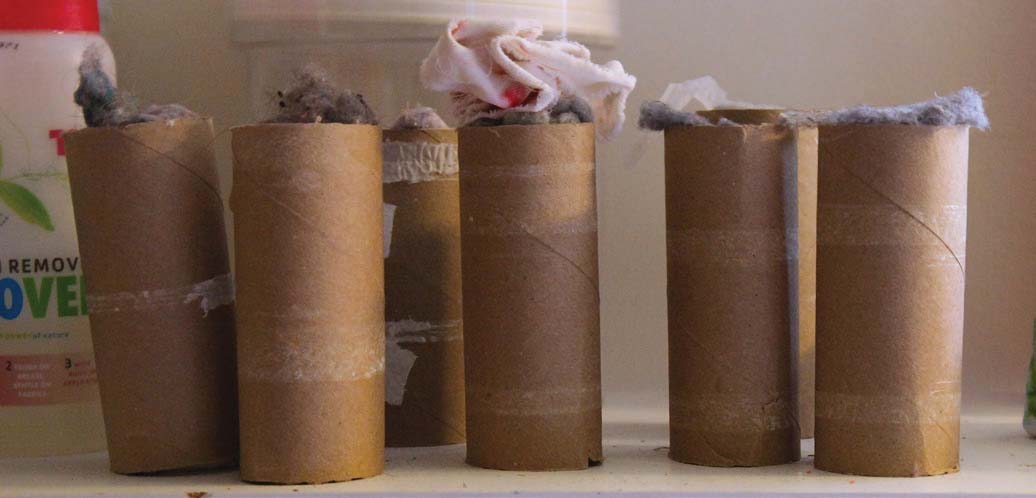
Dip old toothbrushes into homemade cleaning solution stored in a reused jar for scrubbing hard-to-reach areas, like around your bathroom sink. Wipe clean with rags cut from old clothing
Fire Starter Log: Laundry Lint & Flint
Fill your old toilet paper tubes with lint from your dryer for the perfect homemade fire starter log. Use lint from loads such as sheets and towels that contain cotton and other natural fibers, versus synthetic clothing. The “logs” store well, so make several before colder weather hits.
Giving Clothes & Goods a Second Chance
Thrift stores like Goodwill and Salvation Army collect used items for resale to the community. Donation is a great option for both household goods and clothing that is still in good condition.
For items that are less desirable for donation, there are many ways to use the material that remains behind. A common approach is to reuse old T-shirts as rags, or donate damaged ones to art classes for sustainable cleanup supplies.
Extending the Life of Cards

If you have old cards lying around and aren’t sure what to do with them, cut parts of the card you like, write “To:” and “From:” on the back, and use as gift tags. Other ideas? Cut into strips and use as bookmarks, fold a piece of cardboard in half and glue the picture part of an old card to it and make a new card, or cut old cards in half and use as recipe cards or gifts to go along with baked goods for friends and family.
Cake Decorating
Want to make a neat design or write someone’s name on a birthday cake? Cut a small corner off a sturdy zip-lock bag, fill with icing, and squeeze out the small hole for fine designs. Prefer a slightly larger and more sturdy option? When done with your toothpaste tube, cut the bottom (wide) end off, rinse thoroughly, fill with icing, squeeze down to the small end, and rinse when done to use over and over again.
Plastic Bags
Although it is always best to bring your own bags to the store, if you have plastic bags lying around, you can use them as trash bags, doggie pick-up bags or as stuffing when mailing packages.
Garden Ambiance
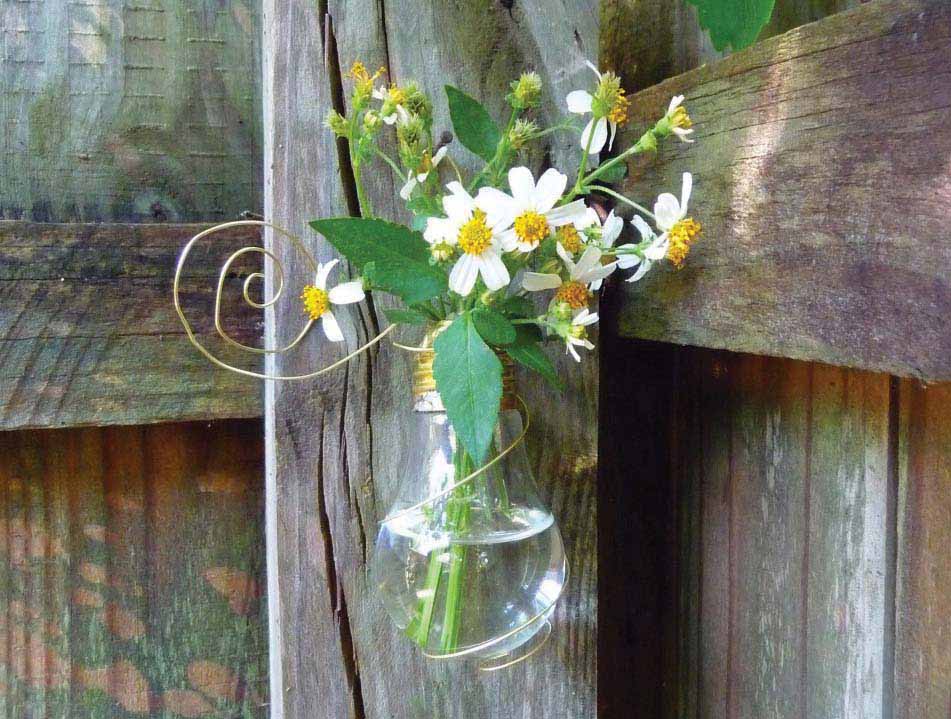
As you make the switch to more energy efficient lighting in your home, reuse old bulbs by cutting off the bottom, inserting plants or other fun decorations, and hanging them from limbs, fences, etc. to create an innovative decoration. Use gloves and safety glasses when doing this, as there is a risk that the bulbs could break when cutting the bottom.
Give Typical Planters the Boot
Wear out last year’s hiking/rain/cowboy boots? Turn them into fun planters for your garden! You can also make a fabulous plant pot out of used bicycle tires by turning them inside out, stacking them (similar sizes helps) and stapling the tires together. The owner of Sunrise Cyclery in Logan, Utah, calls these innovative planters “Blip Pots.”
Moving Beyond Music with Old CDs
Tape unwanted discs to your bike wheels to serve as reflectors, use them to catch candle drips, attach to wooden stakes and write on them with marker to serve as gardenrow identifiers, or make a CD chandelier to scare off birds.
Aluminum Foil
Noted for its versatility and strength, aluminum foil is a staple in most households. These qualities make it perfect for reuse. Although many recycling programs do not accept aluminum foil, you can reuse foil after cleaning it. Aluminum foil is dishwasher safe, so spread out old foil sheets on the top rack of your washer on top of or in between dishes and you’ll get sparkling clean foil pieces ready for use again. Once you deem your foil too foiled for use, fold it several times and cut it with scissors to sharpen the blades.
Use Rinse Water for Your House Plants!
These days, most people use a dishwasher for their dish duty, which typically consumes less water than handwashing. Whether you use a dishwasher or wash by hand, much of the gunk and grime is rinsed from your dishes pre-wash. This doesn’t require soap and the waste water has some surefire reuse potential! Before rinsing, plug your sink and use the collected rinse water (preferably strained/filtered and soap free) for watering house plants and outdoor planters!
Tic Tac Seed Containers
Small, watertight and transparent, Tic Tac containers make great homes for your seeds. Label the outside and next growing season you will have an organized seed collection ready for use.
Seed Starters
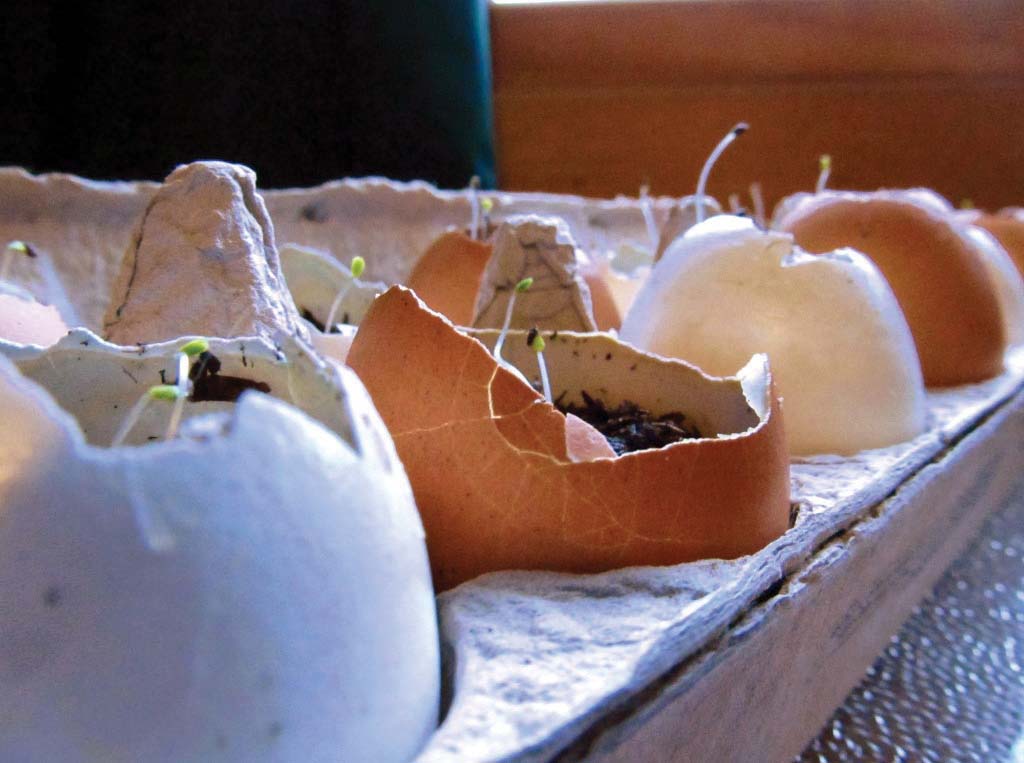
After the last egg has been eaten, reuse your egg carton to get a head start on your garden seeds. Place soil and a seed in each egg holder, water, set it on your windowsill, and watch your summer herbs and vegetables come to life! When it is time for planting, cut a slit in the bottom of each holder, rip or cut the holders apart, and plant in the ground – cardboard, soil, seed and all.
Another option is to use both eggshells and the carton as seed starters (pictured above). Rinse out the shells, dry them upside down, fill the dry eggshells with soil and seeds, and place them in the egg carton. Gently crack shells and transplant directly into the garden.
Sharing Ideas
These are just the “tips” of the iceberg – the opportunities for reuse are endless! Share innovative ways you are reusing everyday household items with USU Extension Sustainability: https://www.facebook.com/UsuExtensionSustainability.
Sources
- Environmental Protection Agency. (2011, December). Municipal solid waste generation, recycling, and disposal in the United States: Facts and figures for 2010. Retrieved from: https://www.epa.gov/environmental-topics/land-waste-and-cleanup-topics
October 2012
Utah State University Extension
Peer-reviewed fact sheet
Authors
Roslynn Brain & Hayley Waldbillig
Department of Environment & Society
Related Research



